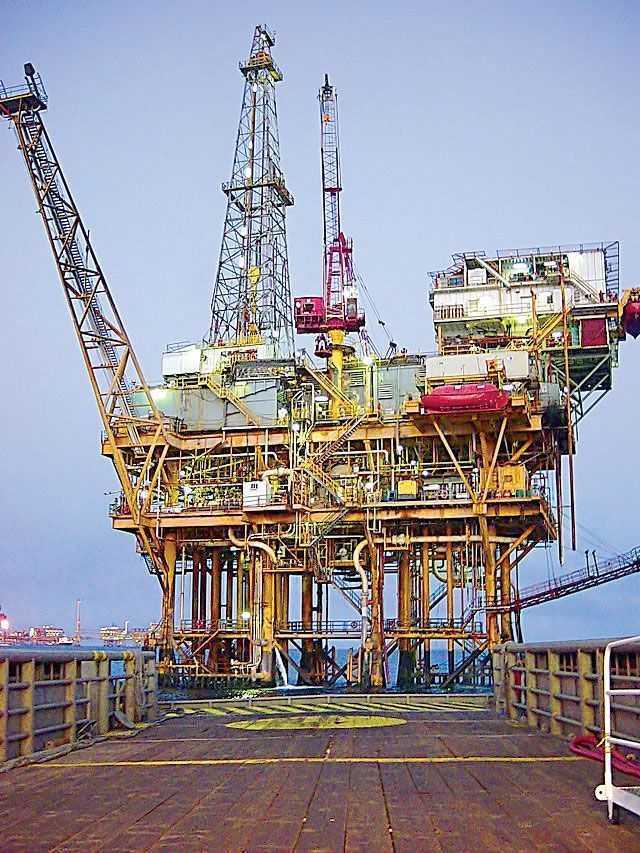In February of 2012, I made a motion at the Gulf of Mexico Fishery Management Council meeting to declare artificial reefs as essential fish habitat. But immediately we were told that such a motion was inappropriate, and the process would require multiple steps. So the Gulf Council voted unanimously to begin the process. It would include a definition as to what an artificial reef was, creation of an advisory panel, public hearings etc. Now more than two years have passed, and there has been essentially no progress. An issue that has received near unanimous support among stakeholders languishes in the bureaucratic maelstrom. And yet the destruction of decommissioned petroleum platforms continues.
We have some of the most prominent scientists from Texas to Florida extolling the benefits of this habitat. We have dive clubs continuing to post the striking photos of the vivid biota occupying these reefs. We have NOAA listing 20 coral species as endangered, many of which occupy the structures. And local media have on numerous occasions documented the devastating results to red snapper populations and other valuable species by the explosive removal of the platforms.
I blame myself in part. While still on the Council, I should have pushed harder to move the process along. I blame the so-called environmental groups who should be supportive of protecting this precious habitat, but instead continue to insist on their removal, simply because they didn’t want drilling in the first place. And then there’s Congress. Several bills to delay the “Idle Iron” program, which removes the rigs, have been introduced in Congress but have gotten nowhere. Several Gulf Coast governors have objected to the removal program, but their voices have fallen on deaf ears.
Basically, the reason we have such a healthy reef fish population in the Gulf is the presence of artificial reefs. In the northwest Gulf, there was virtually no harvest of reef fish, especially red snapper, until the drilling began in the 1940s. Now more than half of the harvest of these species comes from there. And the antiquated debate as to whether reefs produce or attract was put to rest years ago, with the ecosystem transformation resulting from the presence of structure finally being accepted by the vast majority of the scientific community.
Fortunately petroleum platforms aren’t the only artificial reefs. The smaller reefs deployed specifically for fishing benefits are not affected. Off Alabama, the more than 17,000 of these produce many millions of pounds of red snapper that wouldn’t be there otherwise. And a few of the other major reefs placed offshore primarily as dive sites will stay. But this is small solace to those of us who see the foolish and destructive removal process continue.
It’s probably a cliché to say write to your Congressman. But the effort to stop the removal had gained strong momentum a couple of years ago, but seems to have stalled. We need the many fishing and dive groups of the Gulf to rally around this issue. It’s the only way it’ll succeed.
Contact Dr. Bob Shipp through bobshipp.com.
[easy-social-share]
